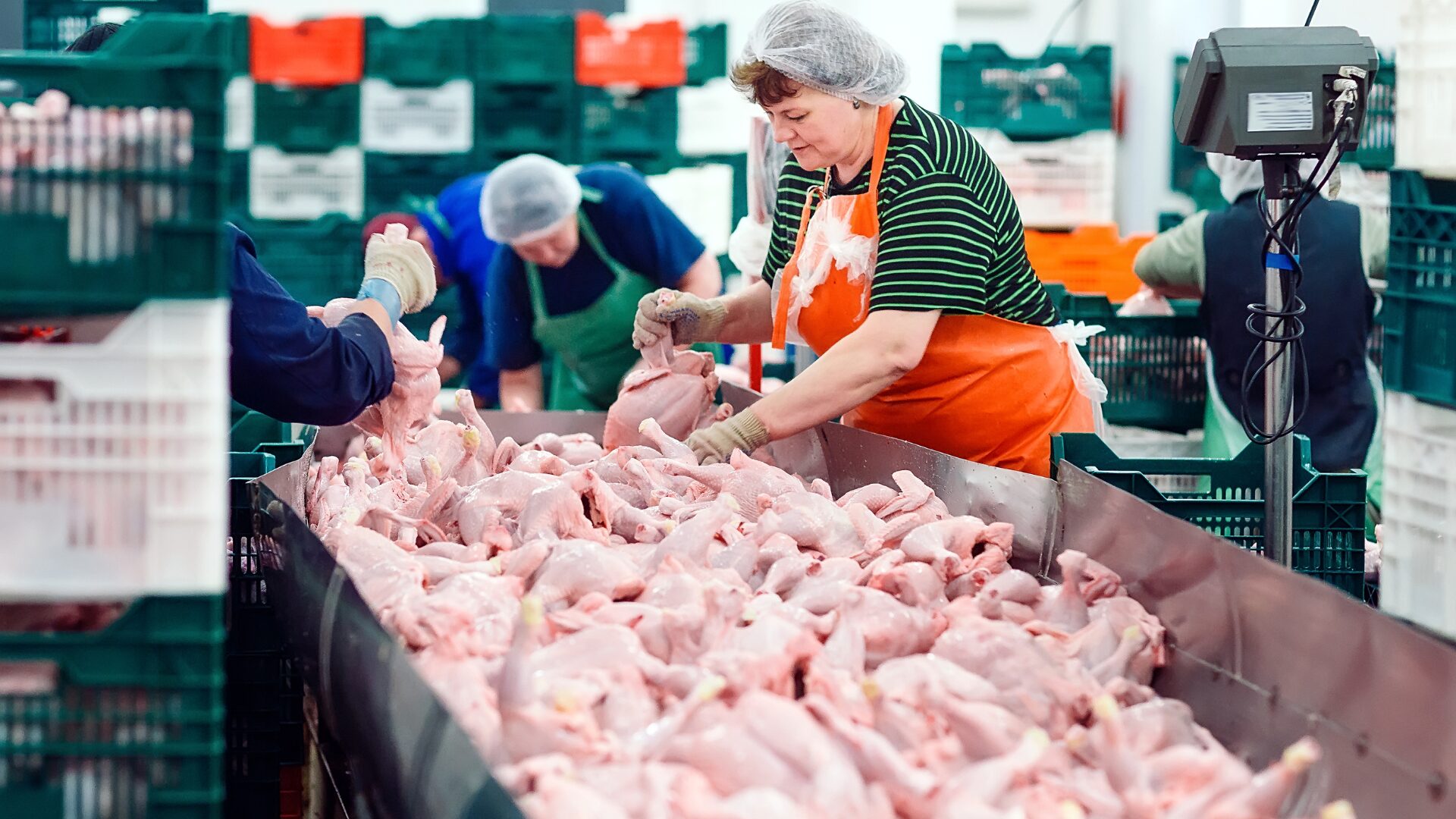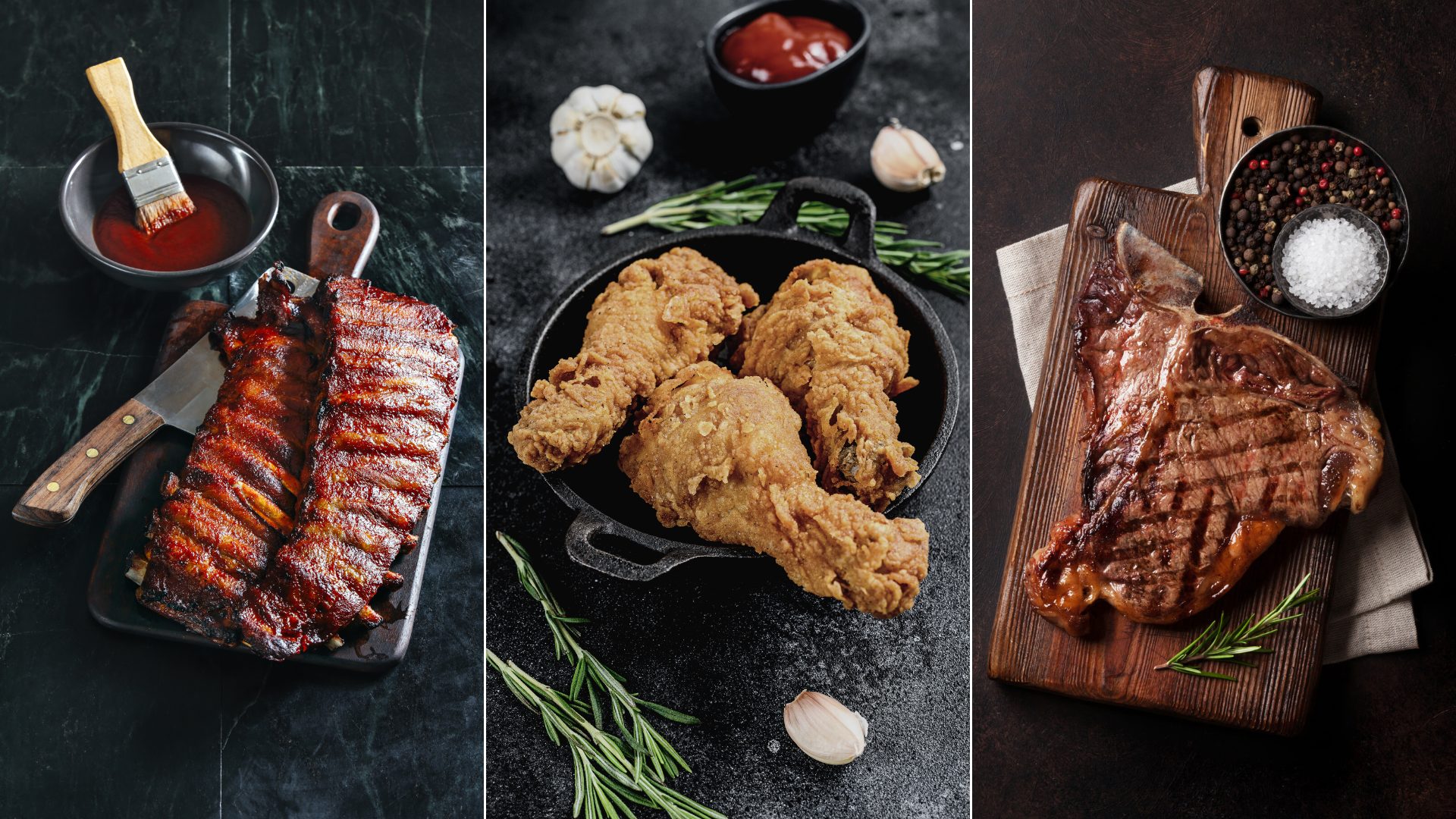Grocers and manufacturers need to be proactive to avoid supply chain surprises that affect inventory, a new report by Circana advises.
The report examines a series of actions needed to manage grocery retail supply chain disruptions, including analysis of sales data, product volume change based on different types of shoppers and collateral changes if one area is disrupted.
The report notes that as the pandemic faded toward the beginning of 2024 and inflation eased, hopes for getting back to normal were dashed by a dock workers strike, a tainted deli meat outbreak and a toilet paper shortage.
“While it’s impossible to be fully prepared for these kinds of disruptions, there are questions manufacturers and retailers need to ask themselves during a disruption to help them move from a reactive posture to a proactive one,” the authors said.
“The answers to these questions will help determine what the disruption means for consumers, and it will help manufacturers and retailers identify strategies to regain or even increase sales.”
When it comes to monitoring sales data, the report recommends weekly monitoring by manufacturers rather than waiting for monthly or quarterly reports.
Taking such measures will help manufacturers react to a changing marketplace more quickly. With point-of-sale data available within eight days, quick analysis can take the “guesswork” out of determining consumer response.
Knowing the customer also is critical to understanding volume both before and after a disruptive event, the report said. As an example, the report cited the Boar’s Head Listeria contamination that killed nine people, sickened dozens more and triggered the recall of 7 million pounds of meat and poultry products in July and the closure of the company’s Jarratt, Virginia, plant. That was followed by a recall of 12 million pounds of similar products by BrucePac, also due to Listeria.
The report notes deli sales already had been trending lower when the contamination hit. Between June 2023 and June 2024, deli sales hit $54.9 billion, with the number of pounds sold up 3.1% and revenue up 4.7%. Deli sales accounted for $9.1 billion for that period, down 2.4%.
The figures for June were stark: Sales totaled $729 million, with poundage down 0.2% and revenue down 1.1%. Then the real slide began. By September, lunchmeat sales fell to to $312.7 million.
“Diagnosing the category’s retention and buy rate problem prior to the emergency of food safety concerns signaled that recovering to pre-disruption pounds would take more than just getting product back on shelf,” Circana said.
“It will require a longer-term effort to earn back the heaviest buyers’ trust and assure them the category still offers value.”
Circana found consumers did not necessarily switch to packaged lunchmeat in the wake of the Listeria outbreaks.
“We knew very few packaged lunchmeat buyers also buy deli meat. The two spaces have very little overlap in the same trip and retailer. When deli meat was disrupted, it might’ve been easy to assume consumers would view these products interchangeably, but behavior and switching data told a different story,” the report said.
The Food Institute Podcast
Is it possible to balance a legacy brand and innovative ideas for a food company? Bibie Wu, chief communications and technical development officer with Del Monte, shares how her company respects its past while looking to the future, and how her dual roles in marketing and product development inform each other and improve the company.












